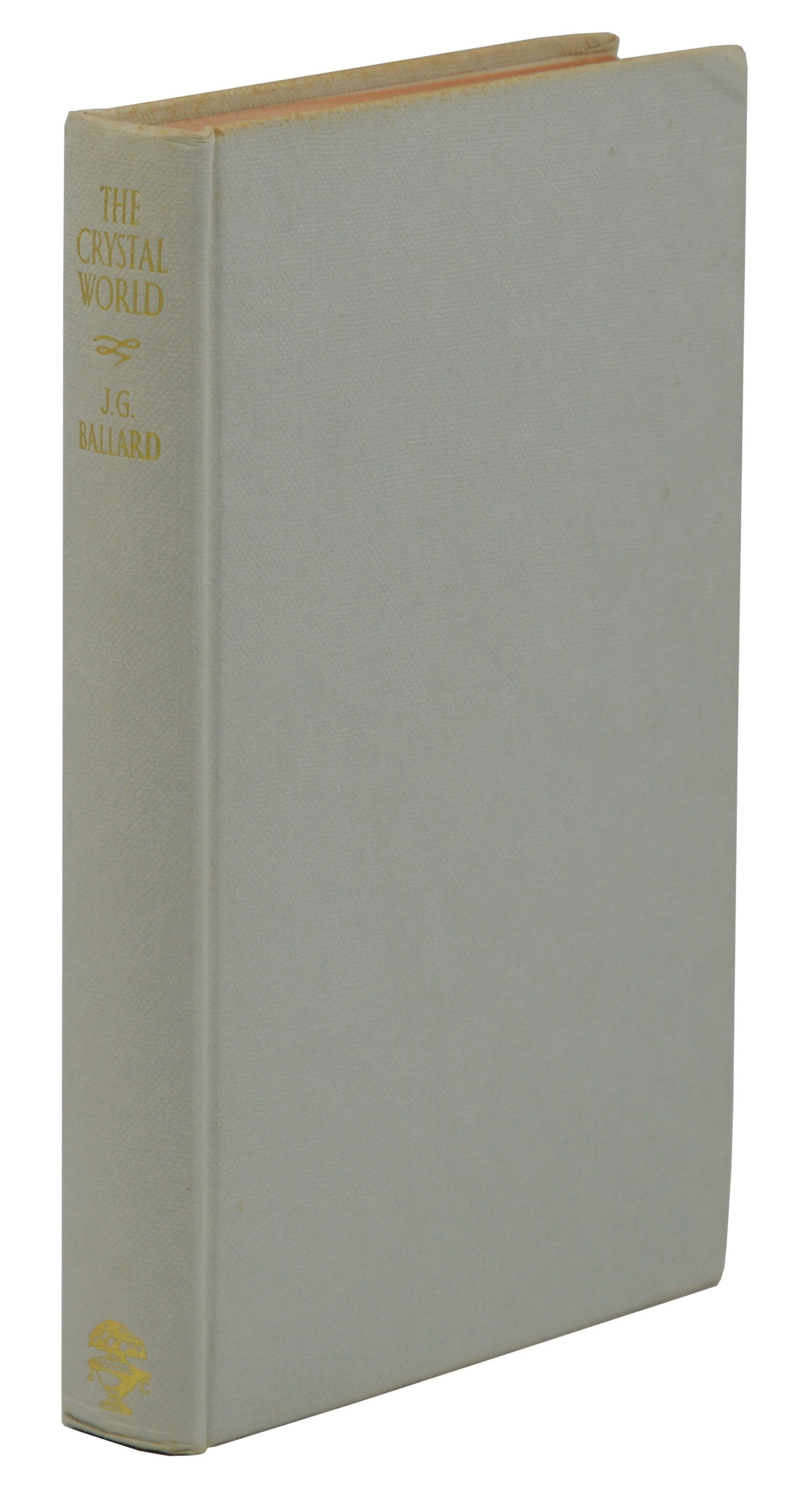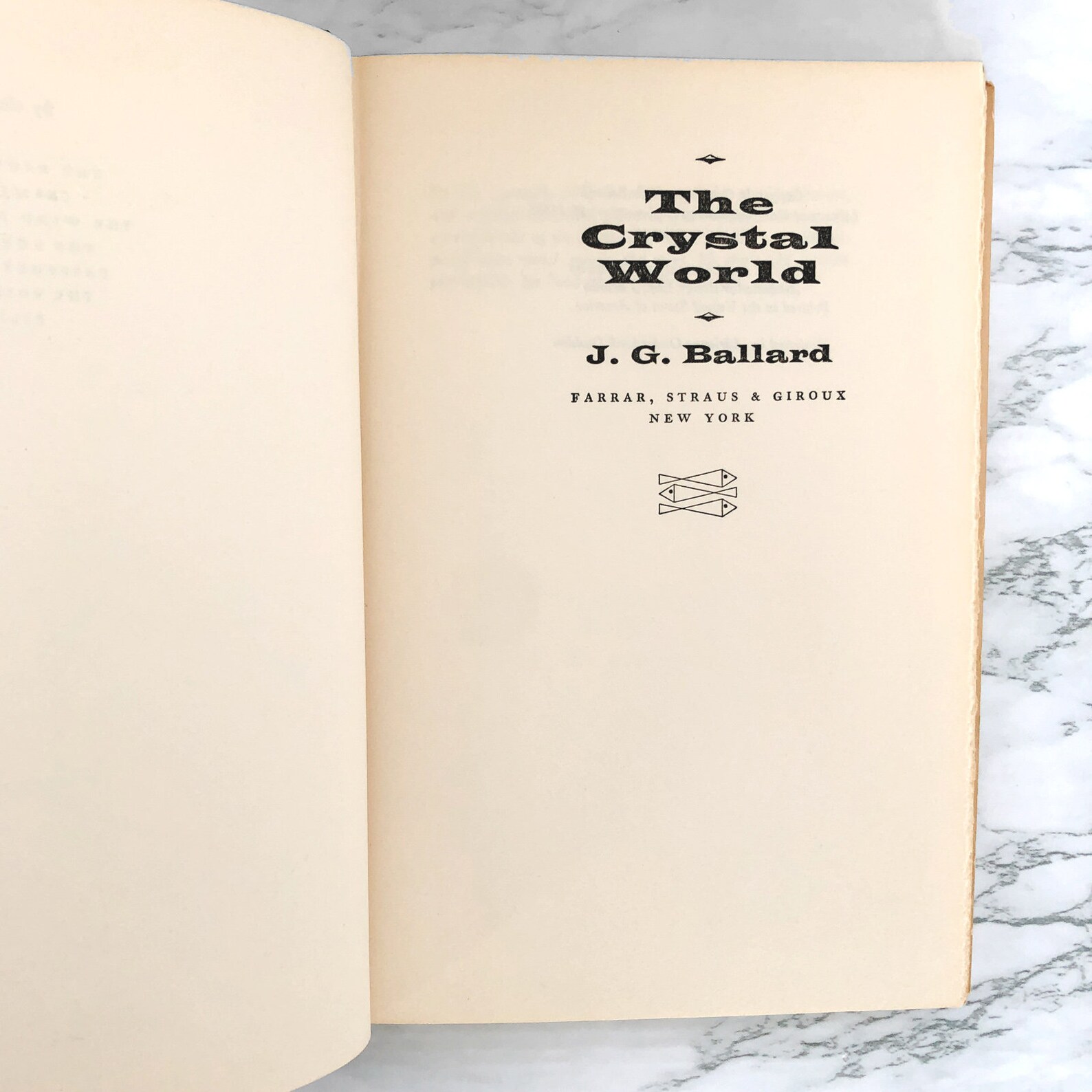
the birds and crocodiles frozen into grotesque postures like heraldic beasts carved from jade and quartz" (p. The deserted town is in the midst of a transformed forest in which "the crystalline trees / are / hanging like icons in / those / luminous caverns, the jewelled casements of the leaves overhead, fused into a lattice of prisms. With the help of the military, Sanders reaches Mont Royal. 51) like the crystallised crucifix that has prompted Balthus' earlier outcry. But prior to this, several strange incidents have characterized Sanders' brief period in Port Matarre he saves Ventress from an attempt to kill him, witnesses a public outburst by Father Balthus, and is confronted with the mystery of a man's floating body with a right arm which has "effloresced into a mass of translucent crystals" (p. 25) and together they succeed in hiring a boat to take them up river. He joins forces with Louise Peret, a French journalist who bears a "marked resemblance to Suzanne Clair" (p.

Sanders' irritation is compounded by the difficulties he subsequently faces in his efforts to arrange transportation to the clinic near Mont Royal, for "an atmosphere of mystery surrounds the whole place" (p.

Among the other passengers are Father Balthus, a priest returning to his parish, and Ventress, Sanders' enigmatic cabin-mate, "his moods switching from a kind of ironic humour to sullen disinterest." (1) After disembarking, Sanders books into the local hotel, where he is visited by Ventress in search of the pistol that Sanders has unwittingly smuggled ashore for him. He has taken a month's leave in order to visit his ex-mistress, Suzanne Clair, who, together with her husband, Max, operates a newly opened clinic in the area. Sanders, an assistant director of a leper hospital, arriving by river steamer at Port Materre. Set in an obscure corner of the Cameroon Republic, the novel is in two parts.

Ballard's The Crystal World, published in 1966, is informed by the same themes as The Drowned World. The Riverside Quarterly, Vol 5, No 4, April 1973īy Nick Perry and Roy Wilkie (University of Strathclyde)


 0 kommentar(er)
0 kommentar(er)
